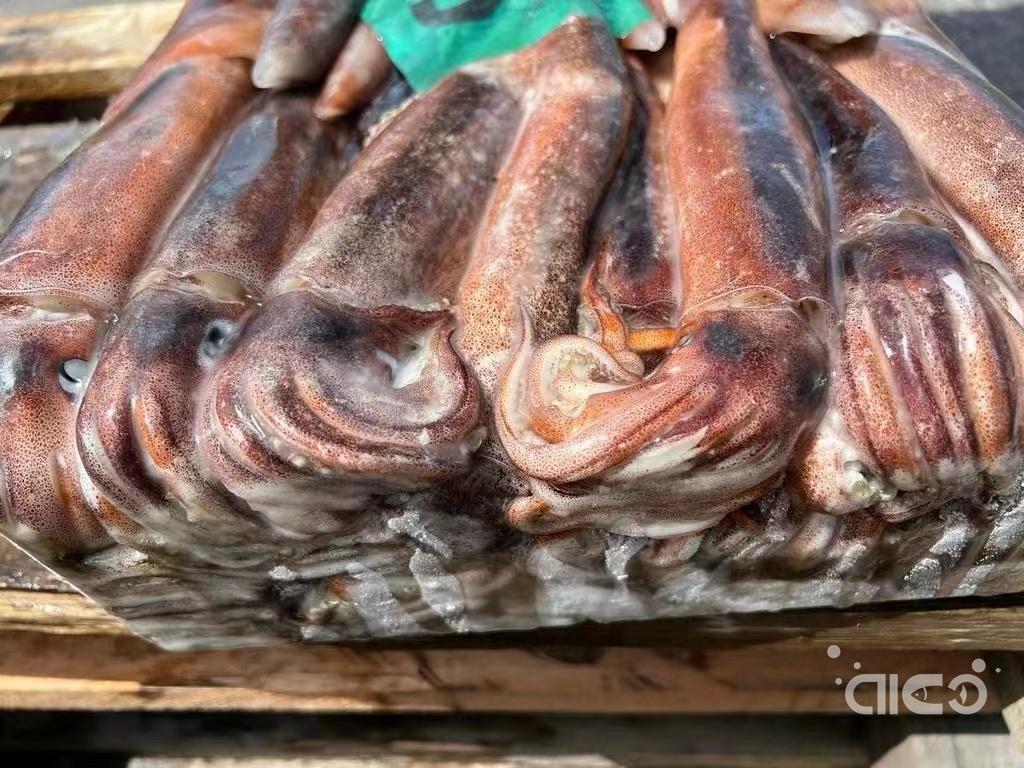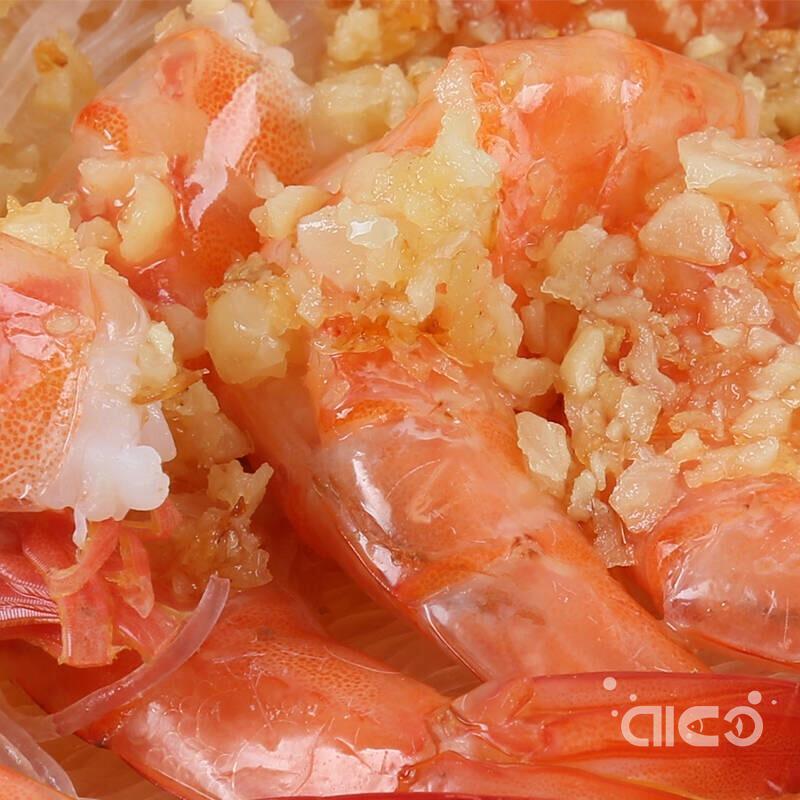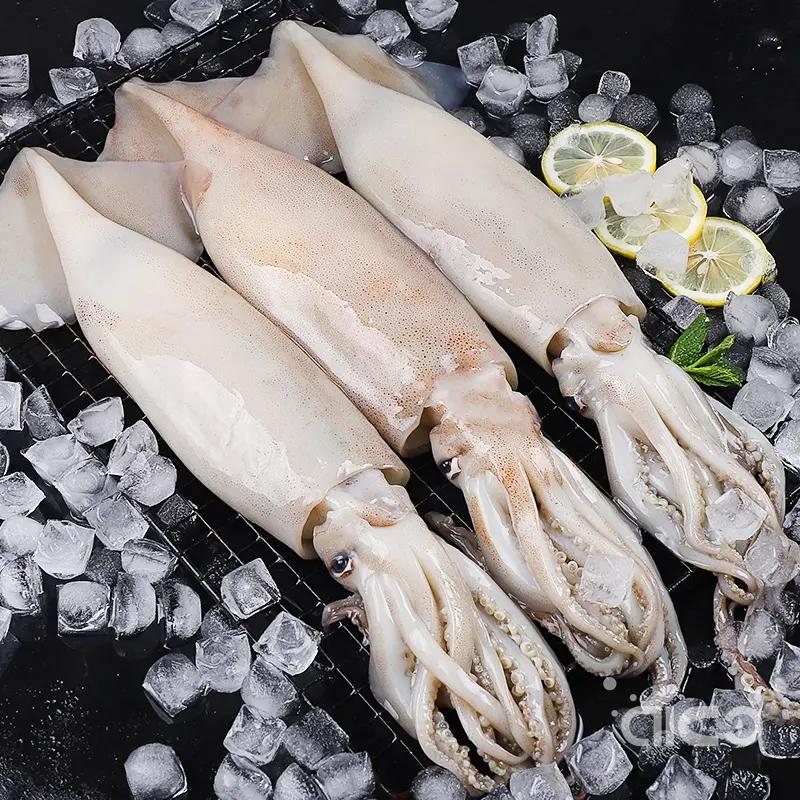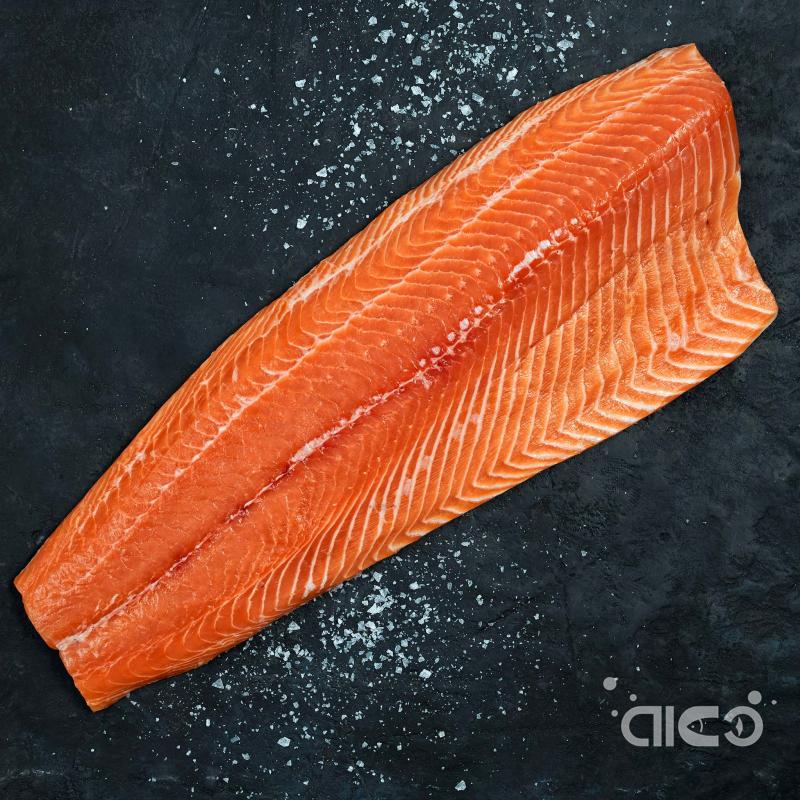Illex squid catches increased by 62.5%!
According to a recent technical report from the Argentine INIDEP cephalopod research team as of May 6, the average daily catch of illex squid has increased from 16 tons in 2023 to 24 tons in the current year compared to last year, showing stability in the catch.
Compared to 2023, the current fishing season's harvest has been more impressive. This is evidenced by a 50% increase in the fleet's average daily production and a 62.5% jump in total catch, which was achieved with a stable operation of 70 fishing vessels.

The team analyzed the Argentine squid fleet's catch data, biological samples, and operational area information, and estimated the number of vessels operating inside and outside the EEZ, as well as in disputed waters with the UK.
The data show that, as of April 22, the cumulative catch had reached 108,861 tons, with an average daily catch of 24 tons. It is worth noting that 96% of the fishing activity has been concentrated in the management area south of 44 degrees south latitude.
Looking back at last year, INIDEP summarized the first 15 weeks of fishing in a technical report submitted on April 10th. Current data show a 10 percent increase in the number of trips and days fished with the same number of vessels. The average daily catch at that time was 16 tons and the total catch was 63,553 tons.
Starting April 5, fishing activity in the area north of 44 degrees south latitude gradually began. As of the 22nd of last month, 50 vessels had been operating in the outer waters south of 40 degrees south latitude, catching a total of 4,535 tons of squid, with a daily average catch of 21 tons.
In addition, the trawl fleet caught a total of 20,622 tons of squid, 96% of which was caught south of 44 degrees south latitude. By comparison, last year, as of April 10, its catch was only 7,685 tons.
The researchers also estimated that as many as 213 vessels were conducting fishing operations in the vicinity of the southern management unit's EEZ during week 15, and they were concentrated in two areas, 4660 and 4760.
North of 44°S, 12 foreign vessels were observed operating in areas 4157 and 4258 during the same time period. At the same time, an estimated 103 foreign vessels were fishing in areas disputed with the United Kingdom, i.e., area 5058.

In order to gain a deeper understanding of fishing in the northern management unit, the Cephalopod Project research team processed information collected by Fisheries Research Assistants (FRAs) on two trips to the sea, collecting a total of 20 samples with a cumulative total of 2,995 individuals.
Analyses showed that the squid caught averaged 23.5 centimeters in length and weighed 250 grams, a size superior to that recorded at the start of the northern management unit's activities. The researchers also found that most of the squid were immature individuals and that they belonged to populations from Patagonia to northern Buenos Aires.
About 70% of Illex squid is exported to China from Argentina. During the epidemic, many exporters are selling their products to North America, Europe, Japan and Southeast Asia. "Most of the squid that went to China last year was caught outside of Argentina (water area) because the Argentine fleet didn't ship much squid to China. So maybe in China, the inventory is not large."
One possible reason for this year's decline in catches is overfishing, Redini said. Currently, the squid fishery is unregulated, although the Argentine government advises fishermen to leave 20% of the fish stocks for spawning. The head of the fisheries association said Argentine fishermen were unwilling to limit the amount of fish caught by international fleets on the high seas.
In addition to the low catches in Argentina and supply shortages in China, stocks of Sea of Japan squid, another major commercial species Todarodes, were also flat. The Todarodes squid caught last year nearby the Sea of Japan were "disappointing". “Todarodes squid are very limited in stock, so prices in China are higher than Illex squid. The price of frozen whole squid 200g-300g in Chinese ports was 26,750 yuan/ton in the last week of December, the latest week for which price data is available. Compared with the same period in 2021, the price rose by 4,500 yuan/ton.






